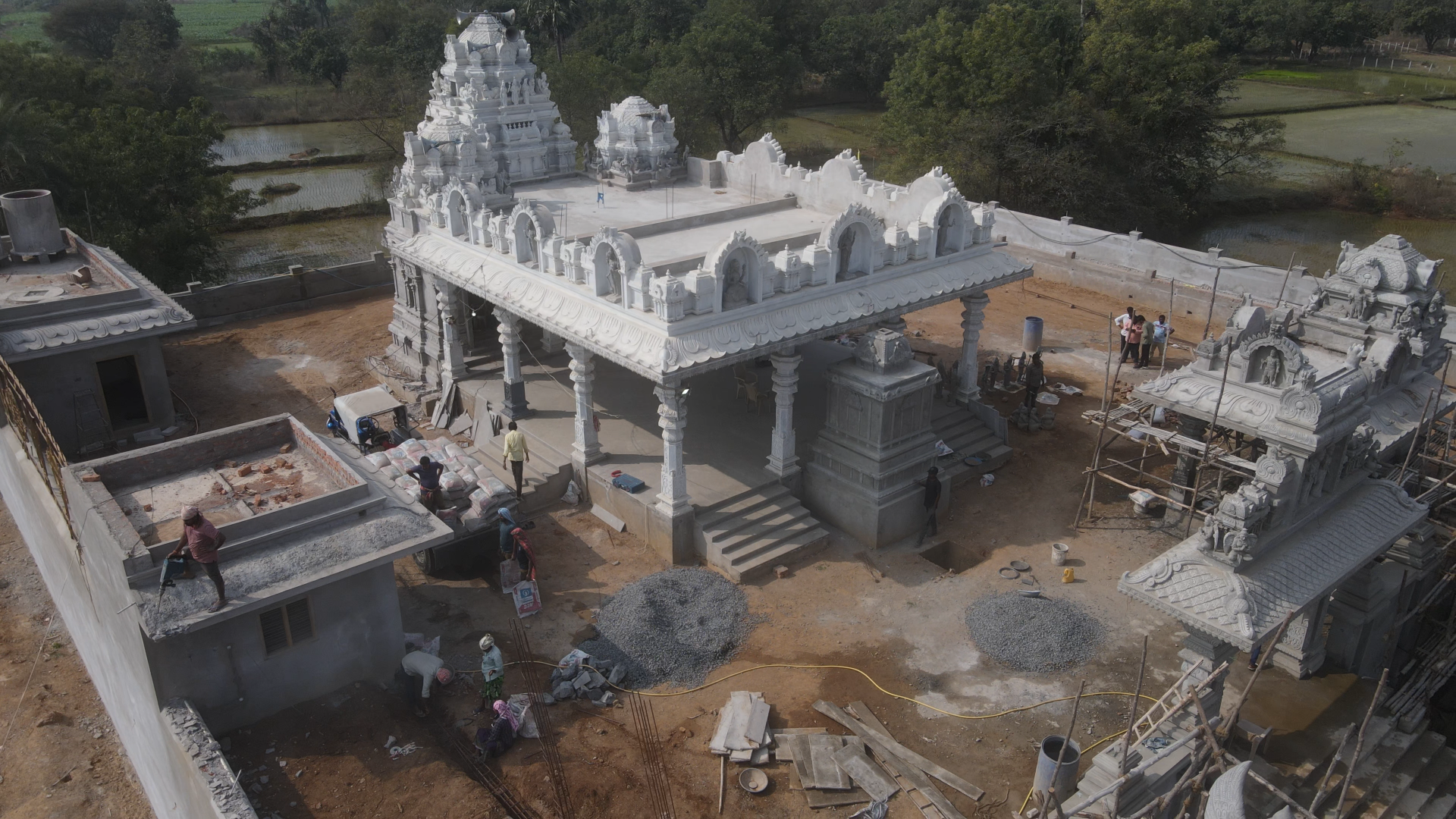Throughout history, humanity has constructed grand and intricate structures to honor the divine. These temples, scattered across the globe, stand as testaments to our faith, artistic prowess, and engineering ingenuity. But how exactly are these houses of worship built? Let’s delve into the fascinating world of temple construction, exploring its traditions and techniques across different cultures.
Aligning with the Cosmos:
Many cultures believed temples to be microcosms of the universe. In Hinduism, for example, Vastu Shastra, an ancient science of architecture, plays a crucial role. Temple layouts are meticulously planned based on grids and geometric patterns, aligning the structure with celestial bodies and imbuing it with spiritual significance.
The Hands of Artisans:
The construction process itself was often a work of immense devotion. Skilled artisans, considered instruments of the divine, meticulously carved stone, sculpted intricate figures, and erected towering structures. From the stonemasons of Angkor Wat to the stained-glass window makers of European cathedrals, each artisan brought their expertise and faith to the project.
Materials and Techniques:
The materials used in temple construction varied depending on the region and era. Ancient Egyptians employed massive stone blocks, while wooden structures dominated early Japanese architecture. Later, innovations like fired bricks and concrete allowed for more complex designs. Construction techniques also evolved. Indian temples, for instance, utilized a corbelled arch technique, where each layer of stone projects inwards, creating a stable and beautiful structure without the need for true arches.
Modern Adaptations:
Temple construction continues today, though often with modern adaptations. New materials like steel and concrete are being incorporated, while traditional techniques are being preserved. Today’s focus is often on sustainability, with architects seeking eco-friendly methods that honor the environment alongside the divine.
Beyond Bricks and Mortar:
Temple construction is more than just bricks and mortar. It’s a symbolic act, a representation of a community’s shared beliefs and aspirations. The very act of building a temple fosters a sense of unity and purpose. The finished structure serves not only as a place of worship but also as a center for community gatherings, social events, and cultural preservation.



Leave a Reply